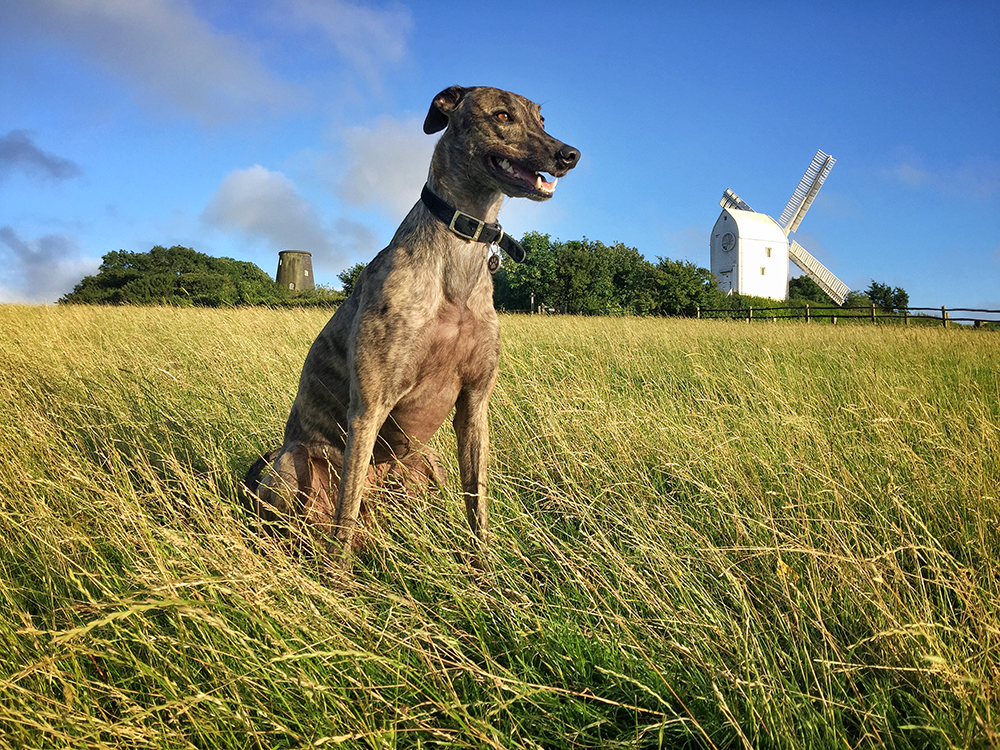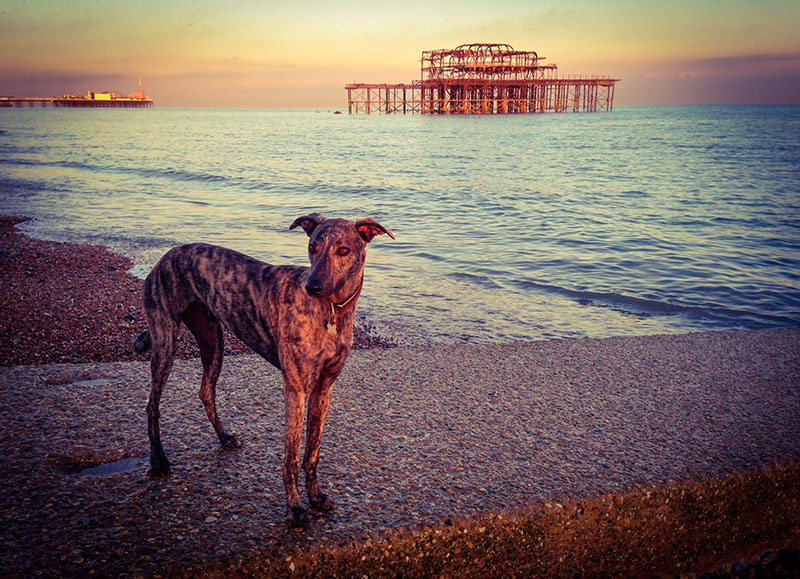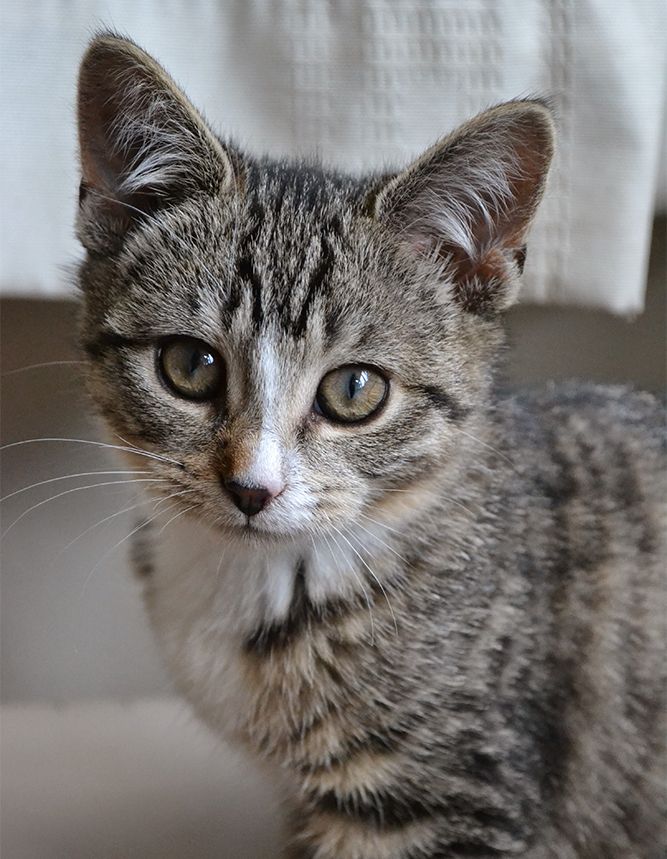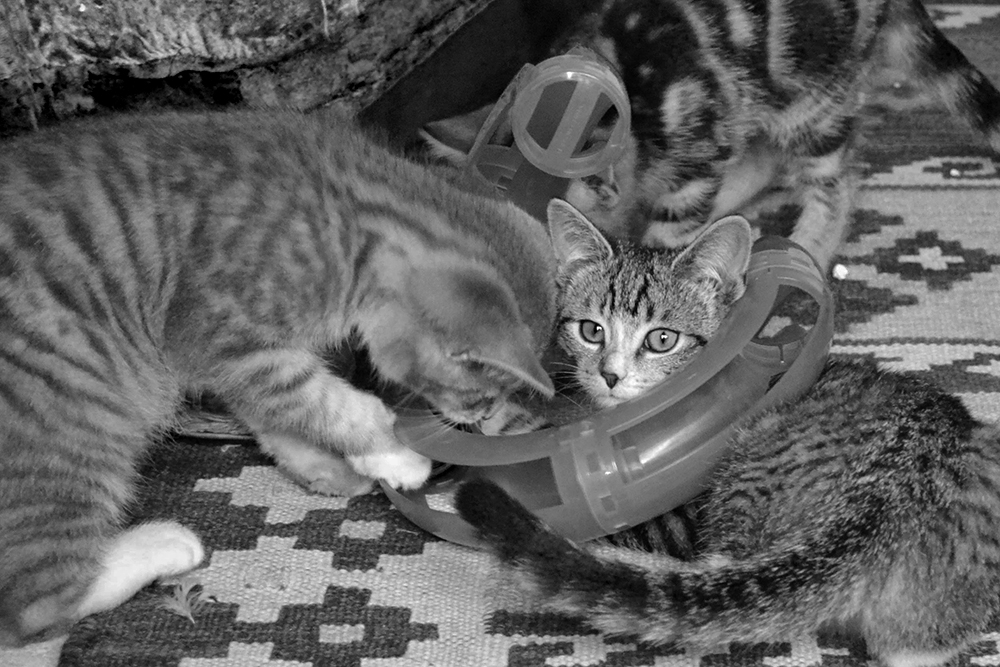Photographing Dogs and Cats
We all love a good pet photo, but taking them is not so easy. Here are a few tips to increase the odds in your favour
It is estimated that there are 58 million pets in the UK, with 46% of British homes caring for one or more. If you’re not a pet owner yourself, it is almost certain that your neighbour will be.
The most popular pet is the dog. This is great news for photographers because our canine friends offer the greatest variety of photographic possibilities, as well as being perhaps the easiest animals to direct. With cats, you may have to take a different approach, but, as anyone who uses the internet will know, they too can produce some fantastic photos. Of course, there are lots of other types of pets, and you’ll find that many of these tips can be applied to any animal.
Photographing Dogs
Be patient
Although dogs can sometimes perform on cue, they don’t always do what you want - and when they do, it most likely only lasts for a limited period of time. After a few minutes, they usually get bored or become distracted. Keep your photo sessions short. If you don’t get the result you’re looking for within a few minutes, the chances are you won’t achieve it at all during that particular session. Take a break and come back to it later, perhaps adjusting your approach.
-
Choose a good backgroundWith dogs, it’s generally best to go outside where there is better natural light and more opportunities to find a good setting. If you can shoot around water, long grass or autumn leaves, for example, you’re likely to increase your chances of getting a great picture. Use a standard or wide-angle lens and photograph the dog within the natural setting, or go in for a close crop with a longer lens. If you’re lacking in scenic locations, choose a telephoto lens and a wide aperture to create a blurred, non-distracting backdrop.

Use props
Most dogs love chasing balls and Frisbees, which provides great opportunities for action shots. Throw the toy and photograph them as they come bounding back with it in their mouth. You’ll need a relatively long lens and a fast shutter speed for this. Shoot on high speed continuous burst mode - your hit rate is likely to be low and you may only get one good shot in a dozen. Dogs running together can make for some beautiful emotive capture. However, they are much harder to shoot, because their movement is less predictable and shots may come out blurred.

-
Be careful with exposureDepending on the colour of the dog’s fur and how much of the frame they fill, evaluative metering may not deliver the correct result. Black dogs in particular will most likely need some compensation – use the plus side if they’re a small element within a brighter setting, and the minus side if they’re filling the frame. It’s best to avoid shooting in high contrast lighting such as direct sun. On bright days, head for the shade – a wooded area is ideal. Flash can help to provide detail when the ambient light is weak, but only if diffused or used off camera, to avoid any reflections bouncing back from their eyes.
Dogs with their owners
Try photographing the dog with its owner. They are likely to be calmer and still, and you may be able to capture that loving bond between them. Try photographing them playing together for a fun action shot, or go for a posed portrait. With the latter, try to get the owner and dog on roughly the same level, either by elevating the dog, or having the owner crouch beside it.
Dog portraits
Enlist the help of an assistant when shooting portraits, to direct the dog’s gaze where you desire - perhaps by distractive movements or holding up treats. This may or may not be directly into the camera lens. A three quarter view showing off the dog’s profile is often more flattering than a straight on portrait. Observe the dog’s behaviour – if it pricks up its ears or tilts its head when its name is called, use this and get your camera ready for the right moment.
A standard or short telephoto lens is ideal, but you can also have a lot of fun with a wide-angle lens, going in close and using the exaggerated perspective to create comical caricatures.
Photographing Cats
-
Cat portraitsMuch of the previous advice regarding photographing dogs can apply to cats too. However, cats rarely obey commands or do what you want them to, meaning you must be more reactive in order to get the shot. They are also fairly inactive and may sleep for much of the day. However, this provides abundant opportunity for portraits, which are true to the cat’s character. Try to catch them sitting near a window, when they’re bathed in precious natural side light. Keep a reasonable distance, use a longer lens and work quickly. Otherwise, you may find their curiosity may get the better of them, and they may decide to come and run up against your lens after just a few minutes!

Active cats
If you want to photograph cats in more animated poses, try introducing a toy, or drag a piece of string across the ground. Most cats can’t resist pouncing on a moving target! They also love boxes. Introduce a cardboard box into the spot you want and you won’t have to wait for long for them to come searching in interest. Alternatively, use a telezoom lens to observe them outdoors in the garden, when they’ll hopefully be imitating the behavioural traits of their big cat cousins!

- By Andi Thomas
- 28 Jul 2016



































































